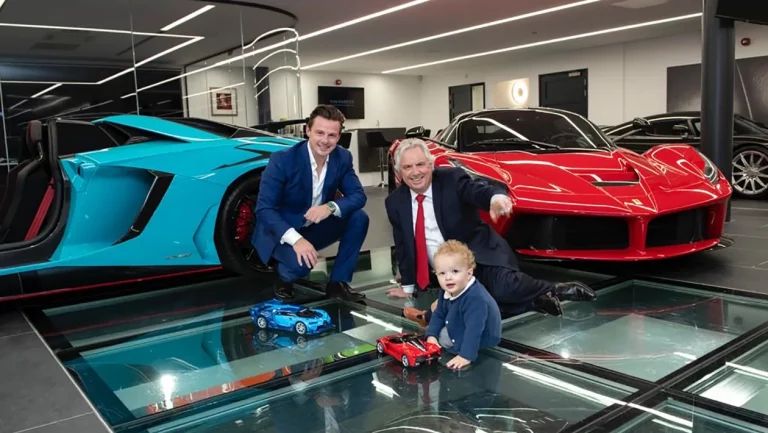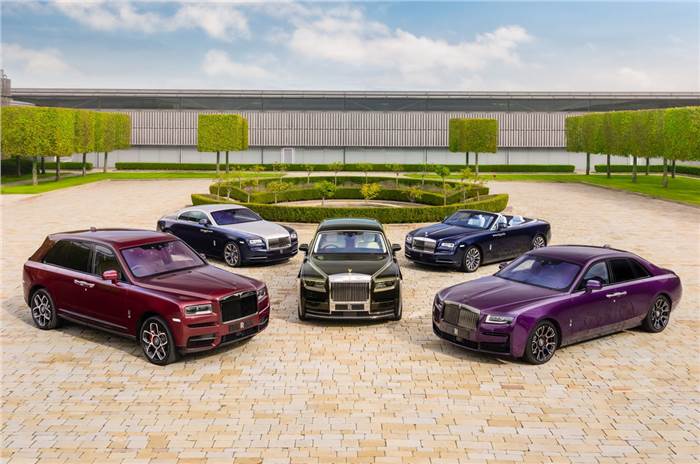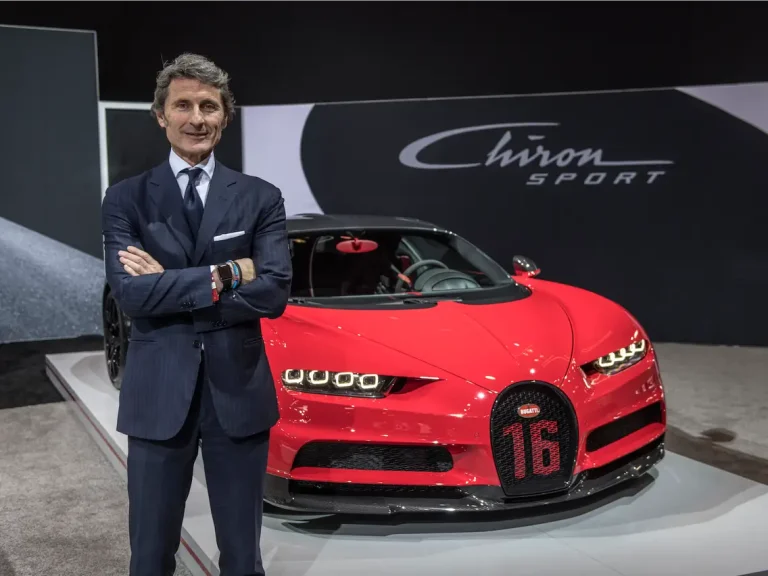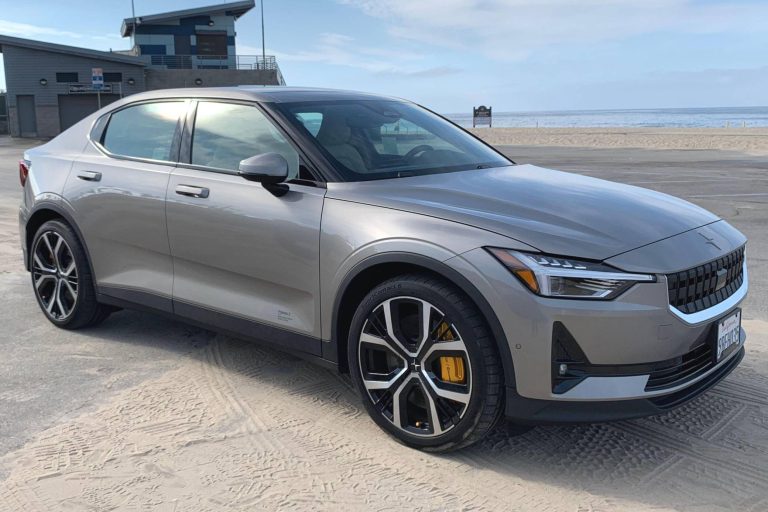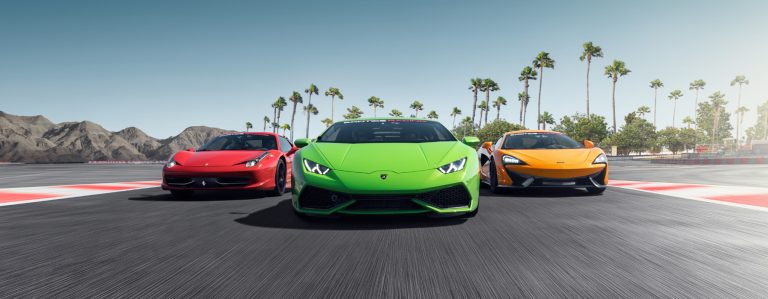How Much Profit Does A Car Dealer Make?
Ever wondered about the financial dynamics behind those shiny new cars in the showroom? You’re not alone. Many car buyers are curious about the profit margins that car dealers enjoy. There’s a common belief that dealers make between 10 and 20 per cent profit on every new car they sell. But is that accurate?
In the world of car sales, the numbers can be quite surprising. Whether it’s a brand-new model or a used vehicle, the profit margins can vary greatly. It’s a fascinating topic that can give you a new perspective next time you’re on the car lot. Let’s find out what really goes on behind the scenes in the car dealership business.
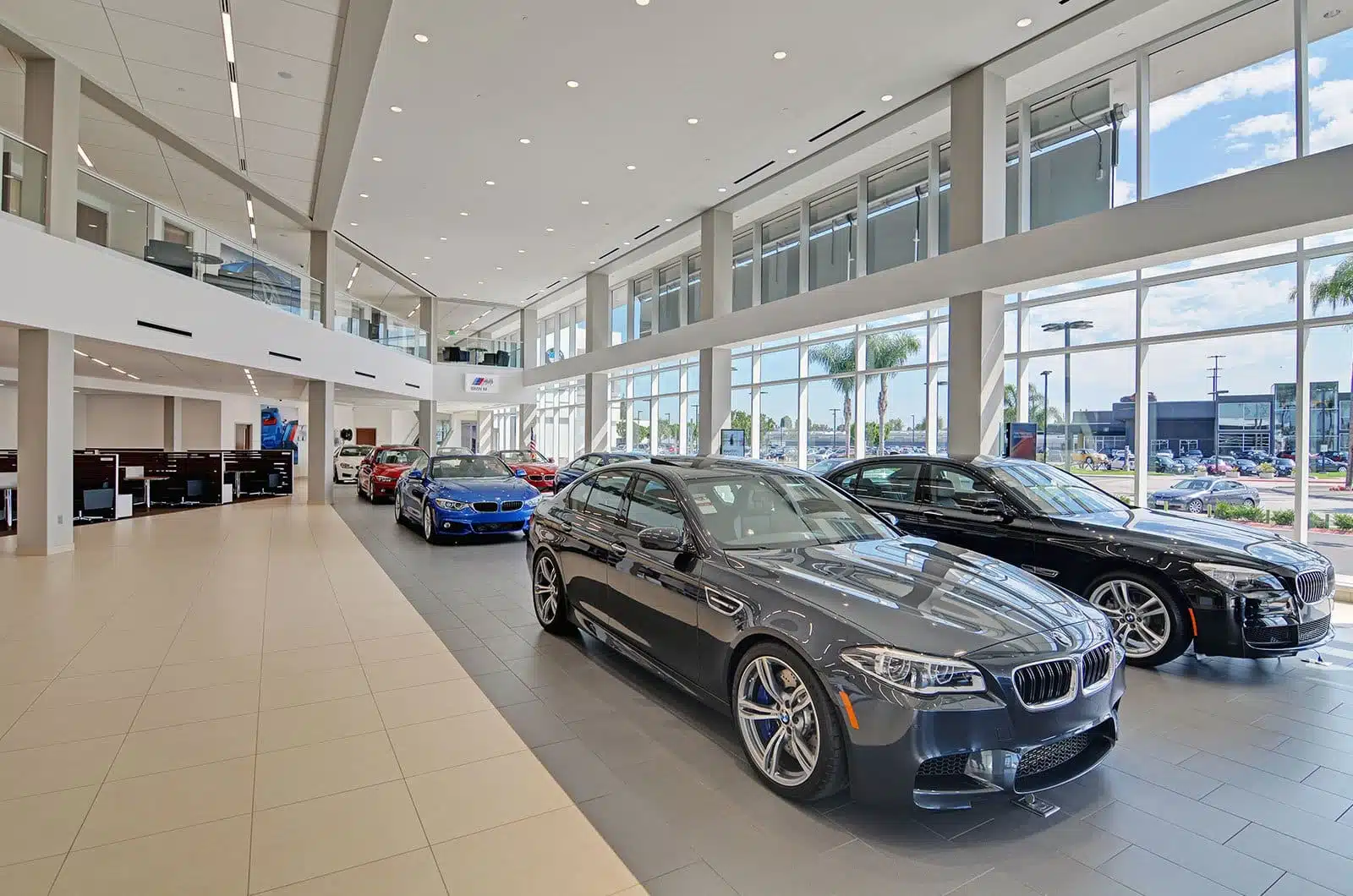
How Much Profit Does A Car Dealer Make?
The profit a car dealer makes on each vehicle can vary widely depending on several factors, including whether the car is new or used, the dealership’s operational costs, and the terms of sales promotions or incentives.
On average, the gross profit margin on new car sales is around 3.9%, which translates to roughly $1,170 on a $30,000 car. However, profits can be significantly higher on used cars, often averaging around $2,500 per car due to higher markups and less stringent pricing controls compared to new cars.
What Is The Average Profit Margin Of A Car Dealership?
The average profit margin for a car dealership in the United States is around 2% to 10% of their total sales. This means that for every $100,000 they sell in cars, they make a net profit of $2,000 to $10,000.
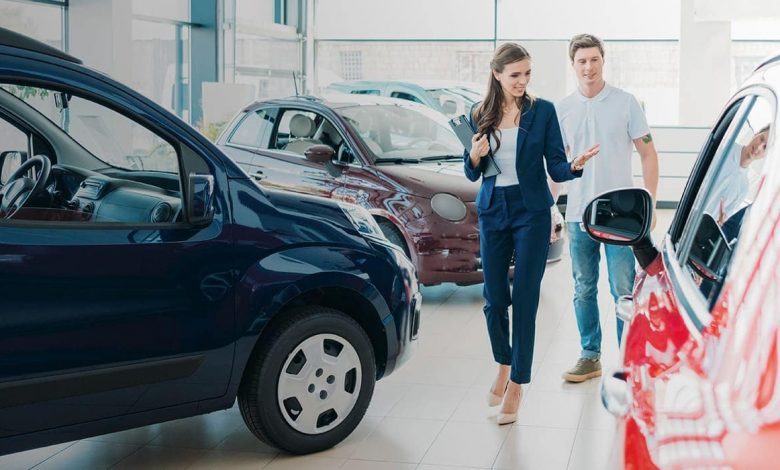
Here’s a breakdown of why the profit margin can vary:
- New vs. Used Cars: Dealerships typically earn a higher profit on used cars compared to new ones. This is because they can negotiate the purchase price of a used car with the previous owner, whereas the price of a new car is set by the manufacturer.
- Sales Volume: Higher sales volume generally translates to a higher profit margin for dealerships. This is because many of their costs are fixed, so spreading them out over more sales increases their profitability.
- Dealership Overhead: Dealership expenses like employee salaries, advertising, and building rent all affect their profit margin. Efficiently managed dealerships tend to have lower overheads and higher profits.
- Location: The geographic location of a dealership can also play a role. Dealerships in areas with a high cost of living might have higher profit margins to cover their expenses.
How Much Does It Cost To Run A Car Dealership?
Running a car dealership involves various costs that can significantly impact the overall profitability. Here’s a breakdown of the typical expenses involved in operating a car dealership:

-
Cost of Goods Sold (COGS): This is the largest expense for most dealerships and includes the cost of acquiring the cars that will be sold. COGS typically accounts for about 85% to 90% of total costs.
-
Salaries and Wages: Compensation for employees, including salespeople, managers, administrative staff, and service technicians, typically ranges from 2% to 3% of total costs. Sales bonuses may also fall into this category.
-
Operations: This category includes the costs of running the physical location, such as rent or mortgage payments, utilities, maintenance, and other facility-related expenses. Operations costs can account for about 4% to 6% of a dealership’s expenses.
-
Marketing and Advertising: Effective marketing strategies are crucial for attracting customers. Expenses in this category can include advertising in various media, promotional materials, and online marketing efforts. Marketing costs can vary widely depending on the scale of the operations and the competitive landscape.
-
Inventory Management: Managing car inventory involves costs related to purchasing, storing, and preparing vehicles for sale, including repairs and refurbishments. Efficient inventory management is crucial to minimize these costs.
-
Legal and Administrative Fees: These include costs for legal counsel, accounting services, and compliance with regulations.
-
Insurance: Insurance costs cover various risks associated with operating a dealership, including inventory insurance, liability insurance, property insurance, and workers’ compensation insurance.
-
Technology and Software: Investments in technology, such as dealership management systems, customer relationship management (CRM) software, and other IT infrastructure, are essential for efficient operations.
The cost structure can vary significantly depending on factors like location, size of the dealership, whether it’s a franchise or an independent dealer, and the types of vehicles sold (new vs. used).
Frequently Asked Questions
What’s the average profit on an individual new car sale?
The average gross profit on a new vehicle sale ranges from 4-5% of the selling price, or about $1600 to $2000 on a $40,000 car. However, the net profit after expenses is usually 1-2%.
What percentage of a dealership’s profit comes from used car sales?
While it can vary, used car sales generally contribute to roughly 10% of a dealership’s total gross profits.
Do financing deals contribute to dealership profits?
Yes, financing deals are another source of income for dealerships. They can mark up interest rates on loans, adding to their overall profitability.
What are the costs of running a car dealership?
Significant costs of running a car dealership include COGS (85-90% of total sales), salaries, sales bonuses, and operational costs. These expenses impact net profit margins, which average 1-2%.
Despite lower net profit margins per car, can a dealership still have substantial total profits?
Yes, despite seemingly low net profit margins per car, dealerships can still earn substantial total profits due to high volumes of annual car sales and savvy financial management.
What does a car actually cost to make?
On average, raw materials represent about 47% and direct labor 21% of a car’s value. Thus, the cost to manufacture a $50,000 car could be around $34,000.
How can one avoid dealer markup?
Dealer markups can be avoided through thorough research, knowing the invoice price, getting quotes from different dealerships, avoiding dealer-added accessories, looking for manufacturer incentives, negotiating discounts, checking dealer fees, and securing the agreed upon price in writing.

Hi! I’m Larry Gibbs, studying mechanical engineering with a focus on cars. I really love Ferraris and write blog posts about the latest car stuff. When not studying or blogging, I’m usually on a road trip exploring new places. I also enjoy playing football and watching movies. Life’s an adventure, and I’m all about enjoying the ride!


